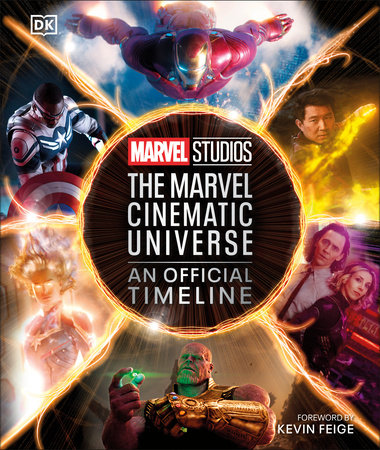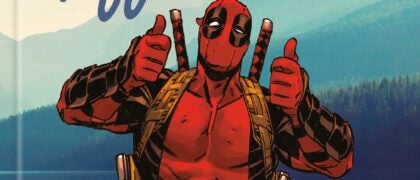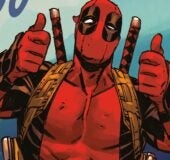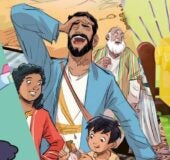Marvel just released a trailer for the upcoming book Marvel Studios The Marvel Cinematic Universe An Official Timeline – a stunning visual guide created in collaboration with Marvel Studios by DK, the award-winning global book publisher and a division of Penguin Random House. Check it out below!
Book Description:
Become a master of the Marvel Cinematic Universe!
The Marvel Cinematic Universe (MCU) is vast, incredibly varied, and richly complex. Different worlds, different timelines, countless characters. This is the guide to that universe. Created in close collaboration with Marvel Studios, it will answer the biggest questions: what happened, when, where, and why.
Follow the entire story of the MCU from before the Big Bang to the Blip and beyond. Along the way, learn more about the evolution of the Iron Man armors, the hunt for the Infinity Stones, and the formation of the Multiverse. Want to know how many times aliens have invaded Earth, or the complete history of Cap’s shield? Look no further!
A treasured keepsake for any movie buff, filled with exclusive infographics, illuminating timelines, and amazing movie stills, this book will have pride of place on any MCU fan’s shelf.
© 2023 MARVEL
The book goes on-sale Oct 24, 2023 (FOC date for retailers is Sep 25, 2023). Pre-order at your comic shop!











